The worst-case scenarios for COVID-19 are still in play
Major outbreaks are accelerating across the U.S.


Coronavirus is back in a serious way, although it never really left. Though new cases are still declining in some states, in others they are rising fast — like California, Texas, North Carolina, Alabama, South Carolina, Arkansas, Oklahoma, Nevada, Florida, and Arizona. In every one of those states positive test rates are either increasing or flat, implying it is not increased testing producing these increases, but increased spread. These latter two states are especially worrisome, given their large population of seniors in retirement communities and nursing homes, where a large portion of deaths have occurred.
When the pandemic first struck, I figured — based on our total lack of a serious federal containment effort, and our abysmal health care system — that it would be worse here than any other rich country. That has turned out to be extremely true in terms of total cases and deaths, but not in per-person terms so far; only the New York City area had a really severe outbreak on the scale of Italy's Lombardy region. But that could very much still happen. Exponential outbreaks are clearly in progress once again in many states, and they could easily spread to others. Judging from the eagerness of many states to ditch their lockdown measures, the continuously AWOL Trump administration, and the blitheness much of the population is showing about containment precautions, it might even be more likely than not.
It is still somewhat mysterious why America did not suffer galloping outbreaks in every state. Since the worst one happened in the only American city seriously dependent on public transit, it could be our dispersed and car-dependent cities provided some modest natural protection. (Though it's also important to note that dense, transit-oriented cities like Hong Kong and Taipei had almost no outbreak thanks to rapid containment.) The warmer American climate might have helped a little as well. It also appears that outside New York, lockdown measures were largely implemented before outbreaks really got going.
The Week
Escape your echo chamber. Get the facts behind the news, plus analysis from multiple perspectives.

Sign up for The Week's Free Newsletters
From our morning news briefing to a weekly Good News Newsletter, get the best of The Week delivered directly to your inbox.
From our morning news briefing to a weekly Good News Newsletter, get the best of The Week delivered directly to your inbox.
However, automobile-dependent suburbia is not at all immune to the virus, as we are seeing across the country. Florida and Arizona have some of the hottest summer temperatures in the country, which may actually make things worse as people spend more time indoors. Overall, in not a single state was the lockdown tight enough to completely eradicate the virus, as has happened in New Zealand — where no new cases have been reported for weeks, and in-person sports have started back up.
Once again, the likely culprit is the basic lack of state capacity at all levels of American government. Lockdowns are relatively easy to implement (indeed, people were largely self-isolating long before containment measures were put in place), but a test-track-isolate program in the New Zealand mold is a tricky and complicated business, requiring both competence and public confidence. Some states are trying their best, but clearly none are up to the task — at least not by themselves. Hawaii and Vermont came close to wiping out the virus, but cases are rising in both states again. California, a big, rich, powerful state run by Democrats at all important levels, did not even manage to get their daily new cases on a downward trajectory during the last two months. Instead they just kept gradually increasing, and now that the state is easing off its lockdown, they are higher than ever.
Ultimately, the responsibility for this must rest on the federal government, which is the only institution that could realistically manage a nationwide test-trace-isolate program. However the Trump administration's disorganized efforts seem to have impeded state responses as much as they helped, and now congressional Republicans have abandoned state and local governments to the tender mercies of the coronavirus recession by refusing any budget rescue for them thus far. Democratic-run states probably could have done better, but it is hardly reasonable to expect states to be able to set up complex new bureaucracies when their tax revenues are cratering and there is an unprecedented demand on public services.
Meanwhile, it appears much of the public is getting broadly sick of containment measures. Service employees dealing with newly-opened bars and restaurants across the country report that many customers are being cavalier about containment — and many conservatives are still angrily insisting it's all a liberal conspiracy or that having to wear a mask at Home Depot is Stalinist tyranny.
A free daily email with the biggest news stories of the day – and the best features from TheWeek.com
The point of lockdowns, as I wrote way back in March, was to both clamp down the rate of infection and create breathing space for the government to set up the more fine-grained test-trace-isolate containment systems. That way we could go from "flattening the curve" to smashing it. If infections are at a low level, and the government can catch and quarantine new ones, as well as a critical mass of anyone they've come in contact with recently, then nations can return to something like normal life. That is what's already happening in many Asian and European countries.
Instead President Trump has squandered the last two months doing nothing, and it couldn't be more obvious he isn't going to start, ever. The rickety political consensus about sticking rigidly to containment procedures is therefore dissolving — if the federal government isn't going to do anything, and a vaccine could easily be years away, why bother? We're all likely to get it at some point anyway. (Though please, still at least wear a mask when in an indoor public space.)
All this is a recipe for 1,000-2,000 deaths per day for the next year or so, and quite possibly many more than that. I had previously suspected that a second coronavirus wave would come in the fall, as happened during the 1918 influenza pandemic. But it looks terrifyingly likely we won't have to wait that long.
Want more essential commentary and analysis like this delivered straight to your inbox? Sign up for The Week's "Today's best articles" newsletter here.
Ryan Cooper is a national correspondent at TheWeek.com. His work has appeared in the Washington Monthly, The New Republic, and the Washington Post.
-
 The week’s best photos
The week’s best photosIn Pictures A drive in the desert, prayers with pigeons, and more
-
 The Week Unwrapped: Will drought fuel global violence?
The Week Unwrapped: Will drought fuel global violence?Podcast Plus why did Trump pardon a drug-trafficking president? And are romantic comedies in terminal decline?
-
 Sudoku hard: December 5, 2025
Sudoku hard: December 5, 2025The daily hard sudoku puzzle from The Week
-
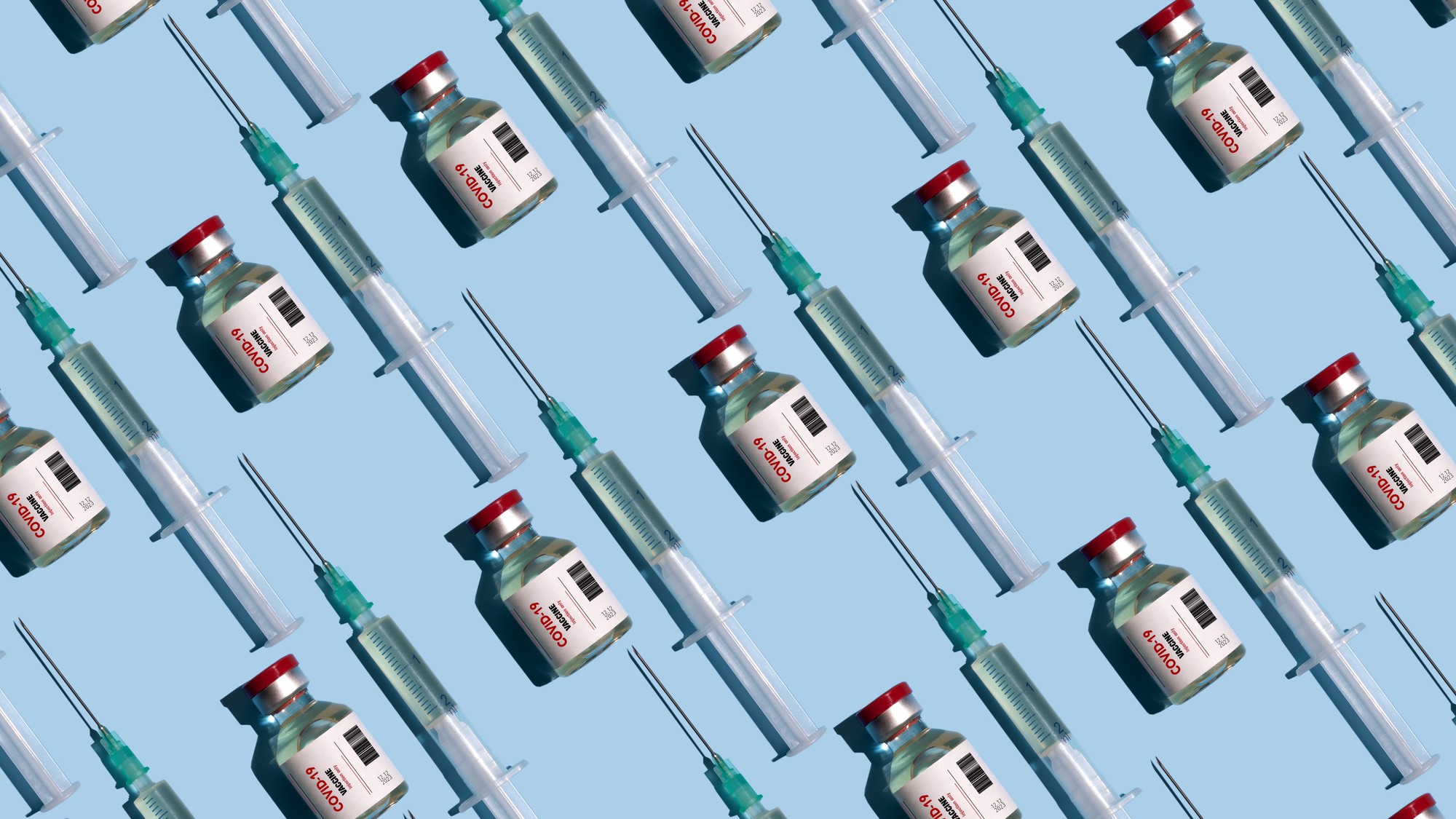 Covid-19 mRNA vaccines could help fight cancer
Covid-19 mRNA vaccines could help fight cancerUnder the radar They boost the immune system
-
 The new Stratus Covid strain – and why it’s on the rise
The new Stratus Covid strain – and why it’s on the riseThe Explainer ‘No evidence’ new variant is more dangerous or that vaccines won’t work against it, say UK health experts
-
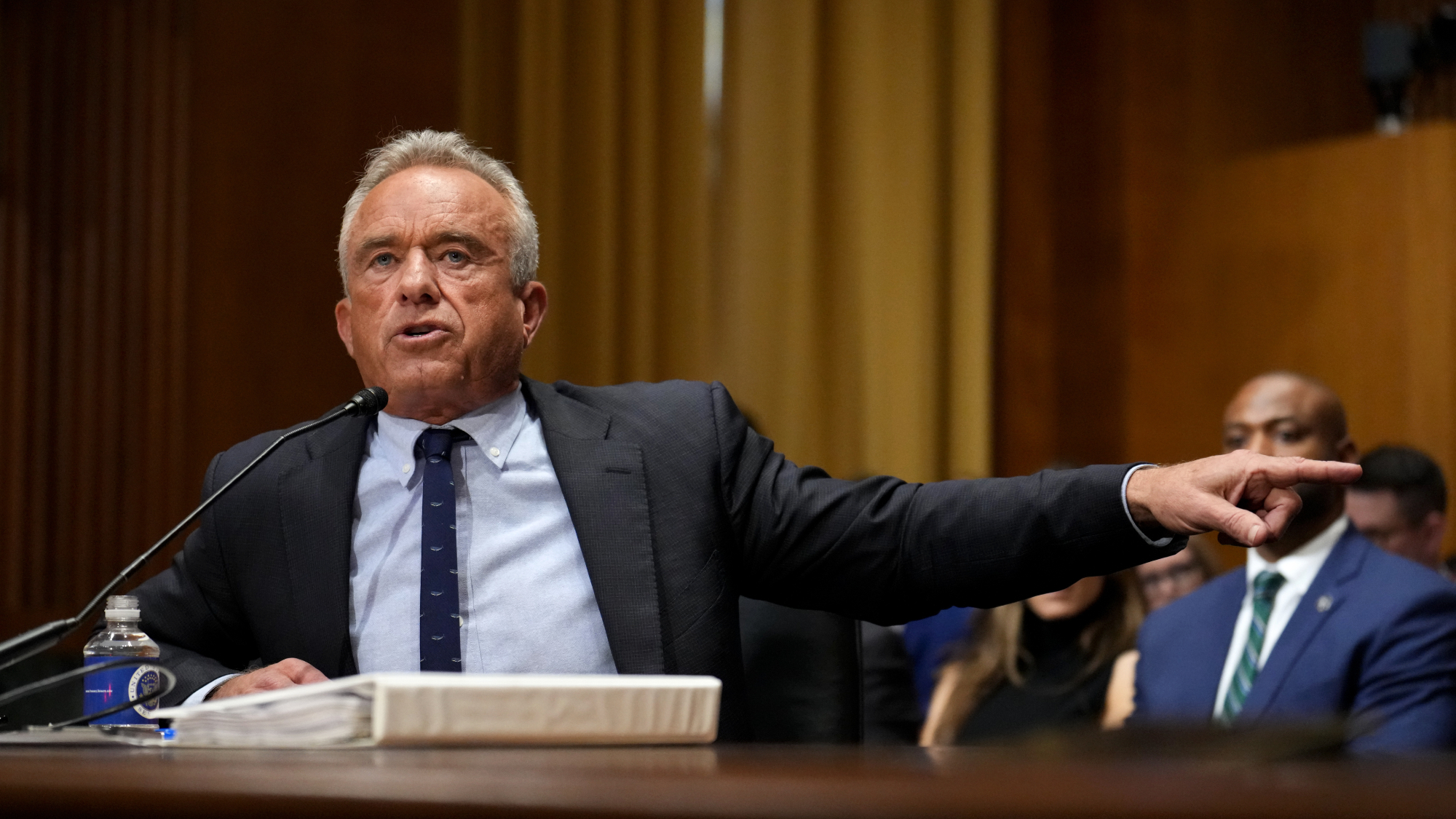 RFK Jr. vaccine panel advises restricting MMRV shot
RFK Jr. vaccine panel advises restricting MMRV shotSpeed Read The committee voted to restrict access to a childhood vaccine against chickenpox
-
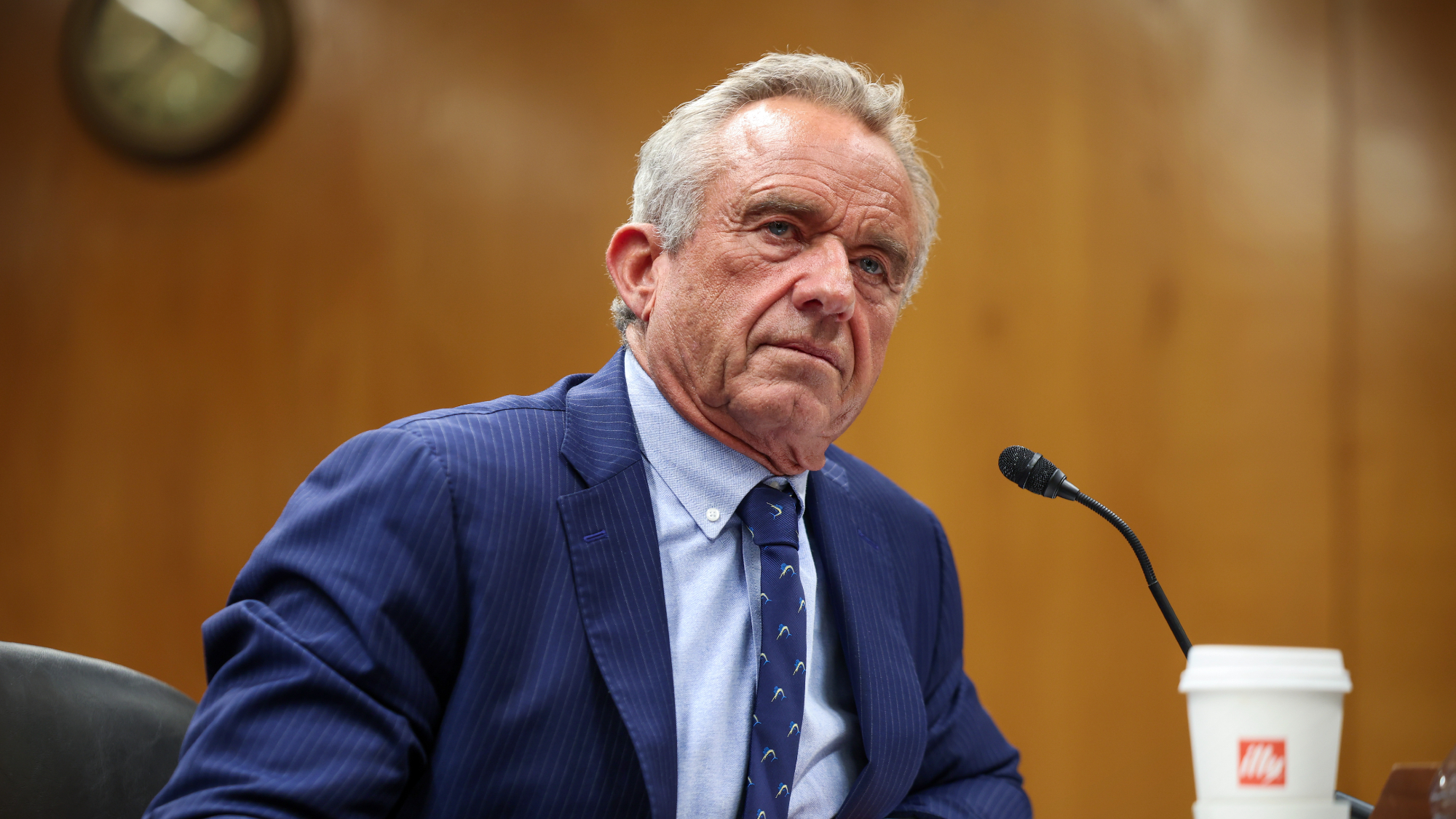 RFK Jr. scraps Covid shots for pregnant women, kids
RFK Jr. scraps Covid shots for pregnant women, kidsSpeed Read The Health Secretary announced a policy change without informing CDC officials
-
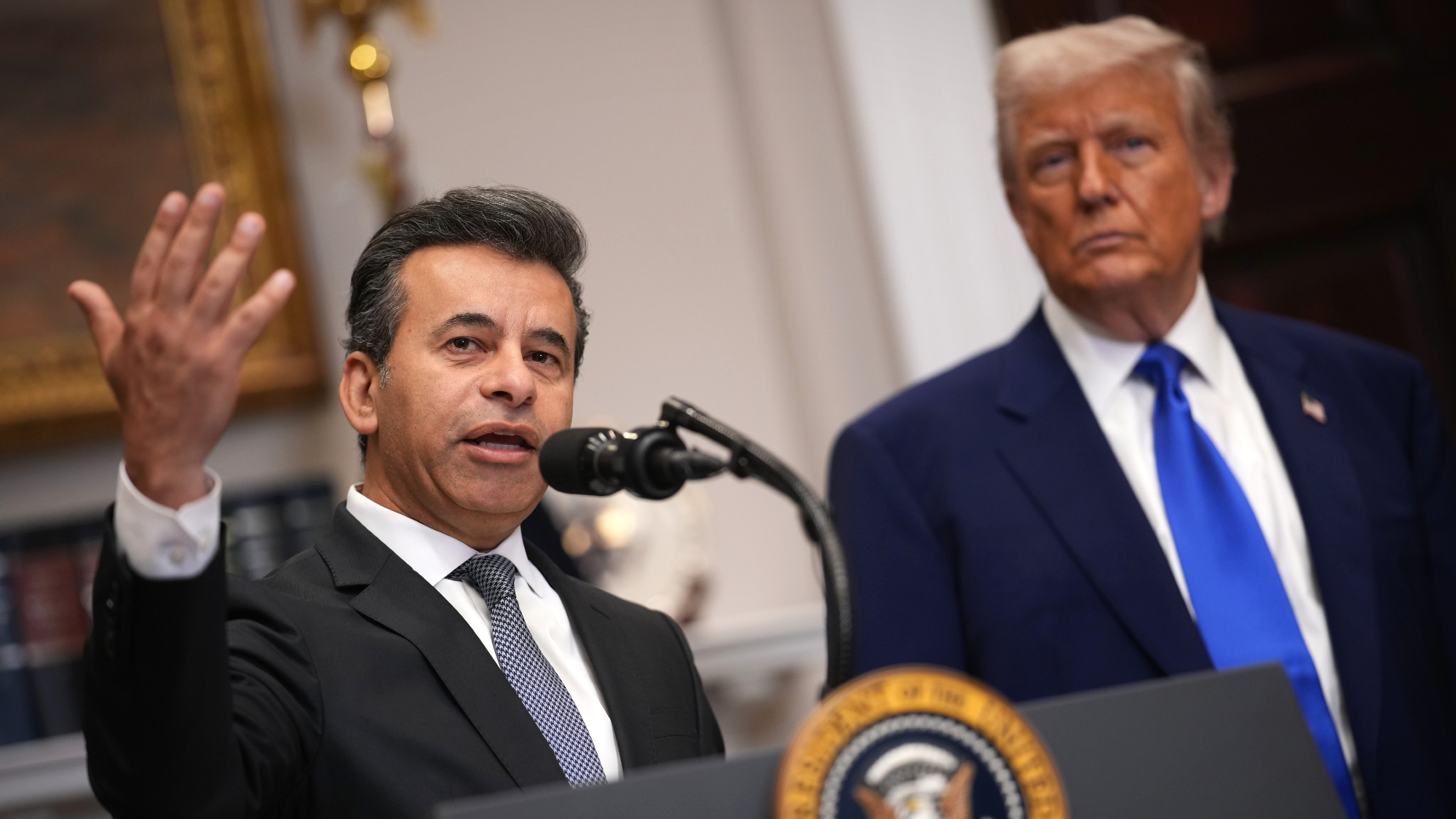 New FDA chiefs limit Covid-19 shots to elderly, sick
New FDA chiefs limit Covid-19 shots to elderly, sickspeed read The FDA set stricter approval standards for booster shots
-
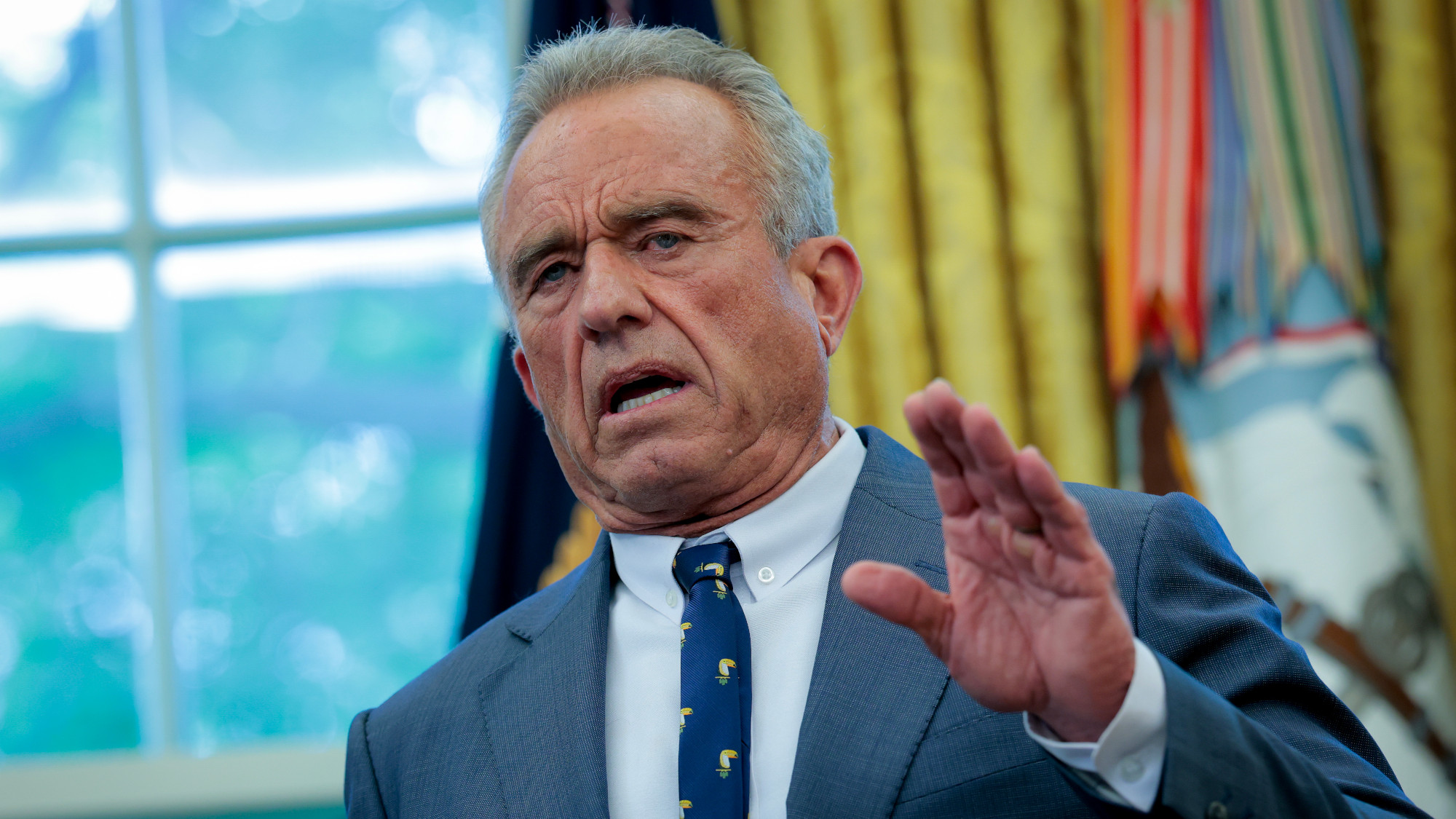 RFK Jr.: A new plan for sabotaging vaccines
RFK Jr.: A new plan for sabotaging vaccinesFeature The Health Secretary announced changes to vaccine testing and asks Americans to 'do your own research'
-
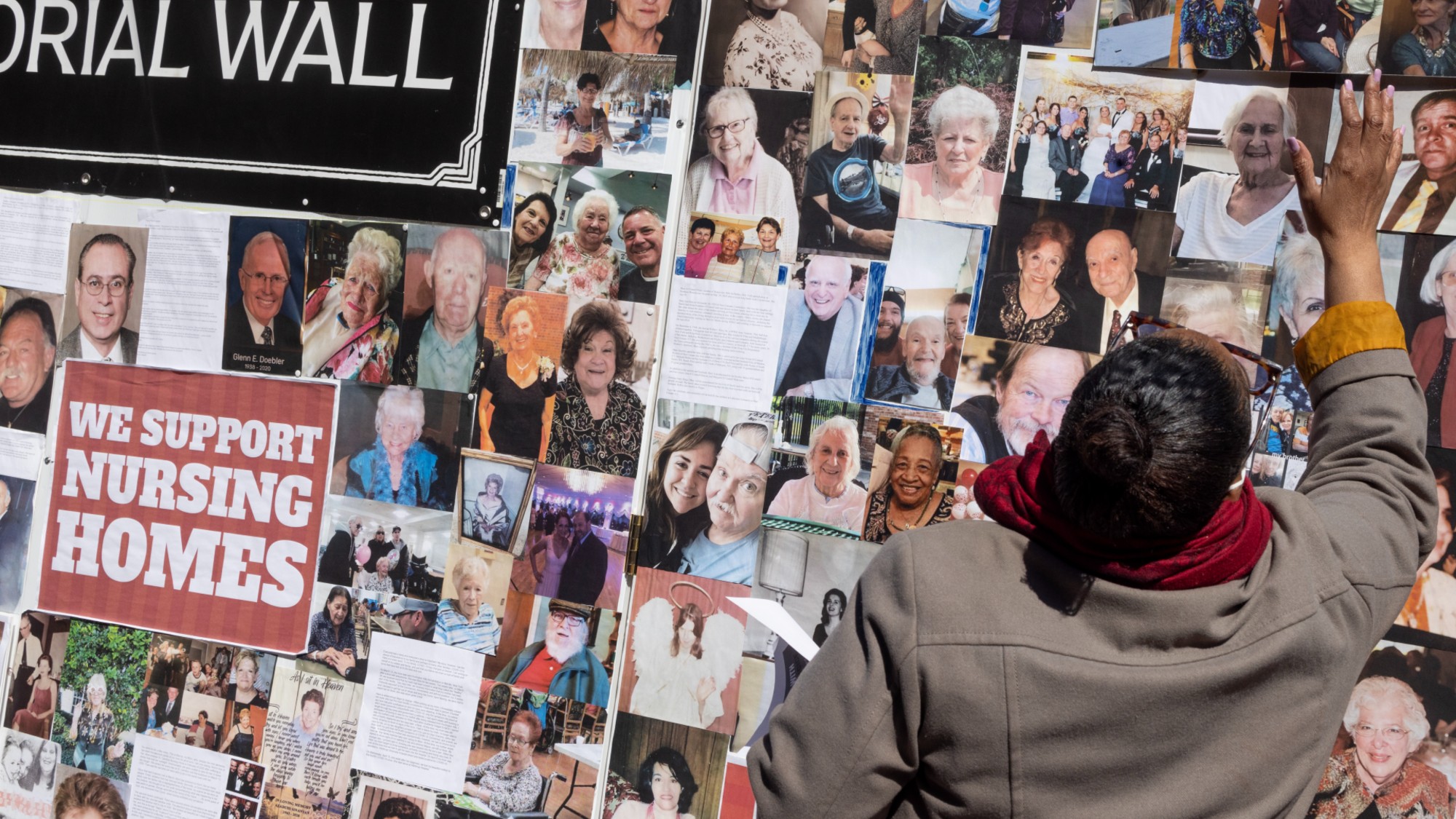 Five years on: How Covid changed everything
Five years on: How Covid changed everythingFeature We seem to have collectively forgotten Covid’s horrors, but they have completely reshaped politics
-
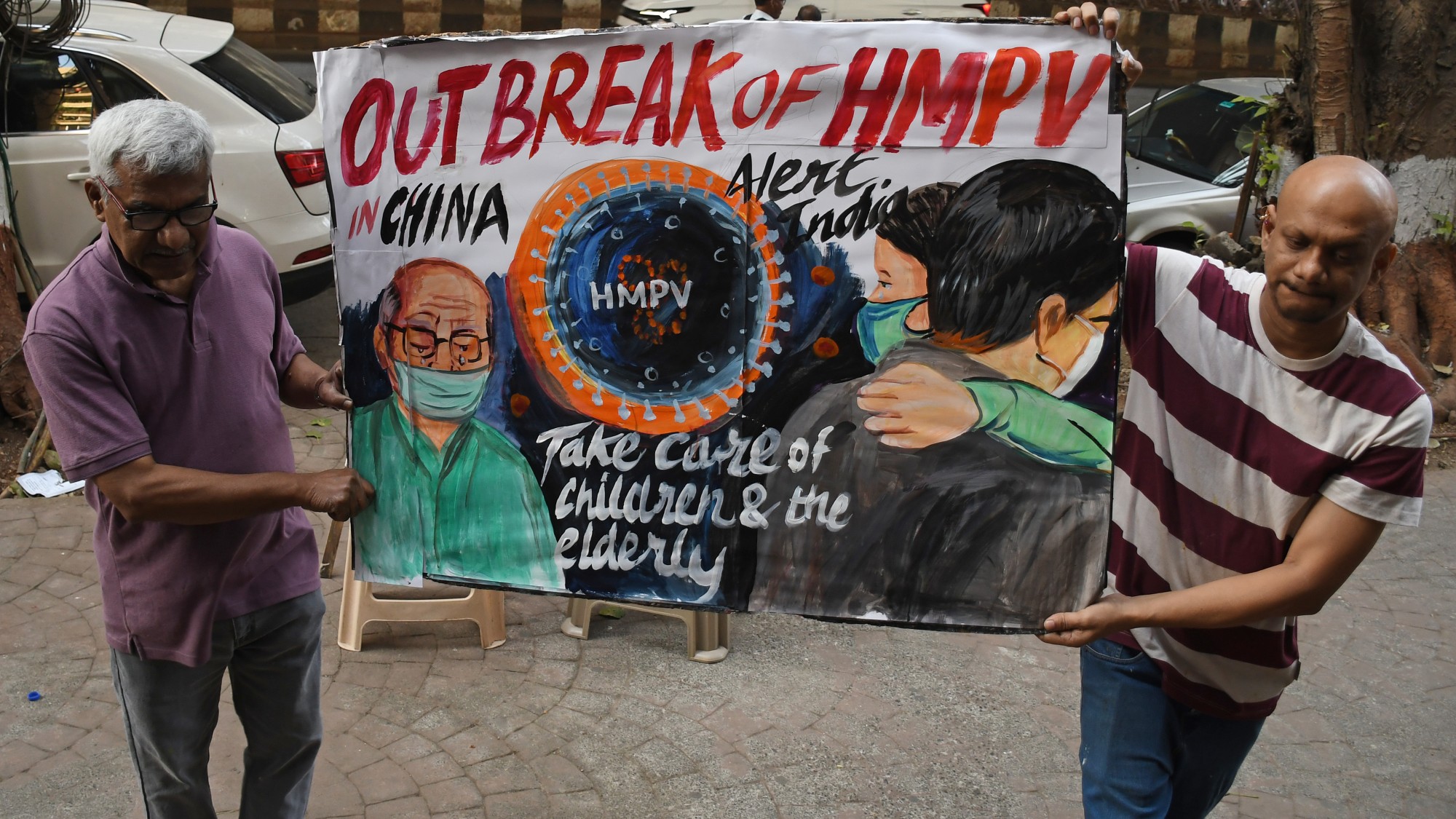 HMPV is spreading in China but there's no need to worry
HMPV is spreading in China but there's no need to worryThe Explainer Respiratory illness is common in winter
